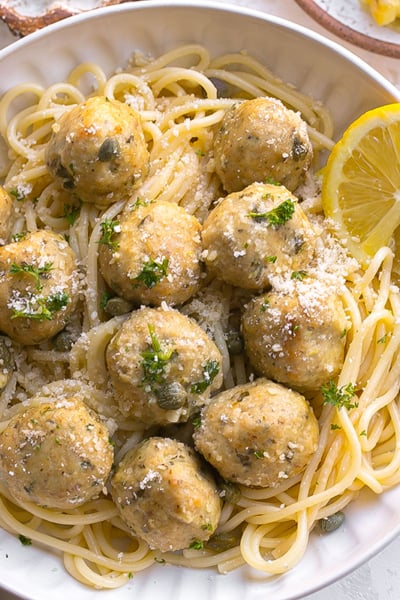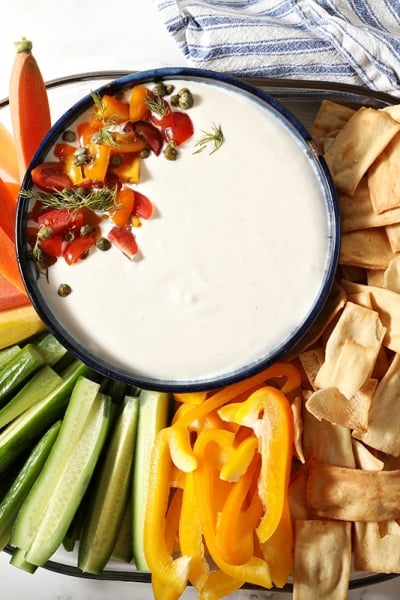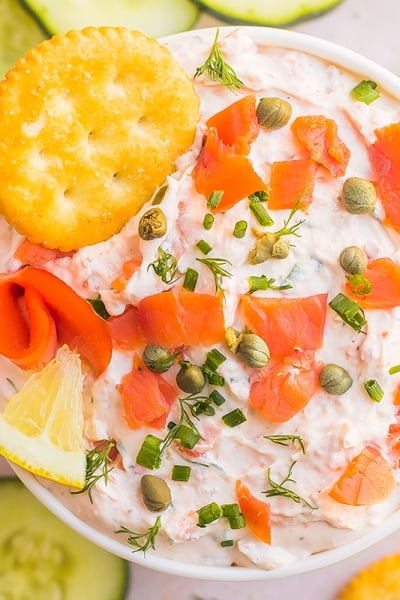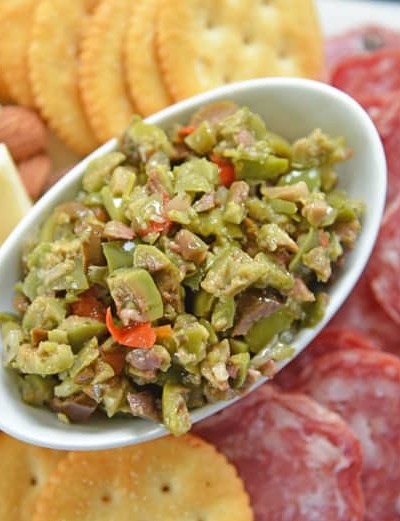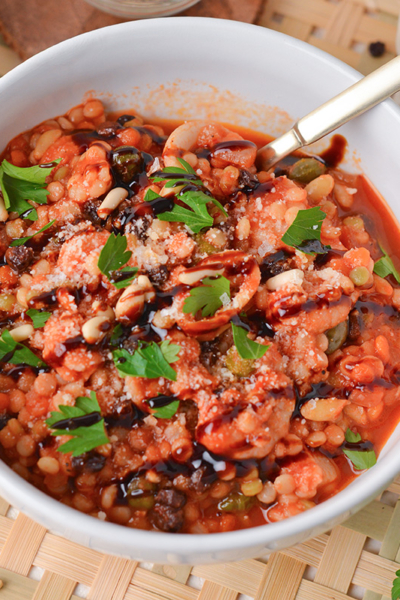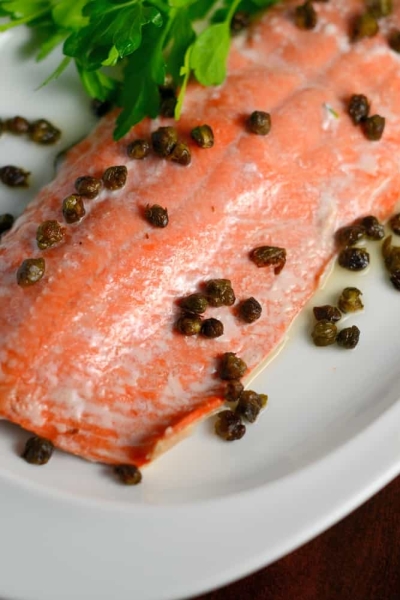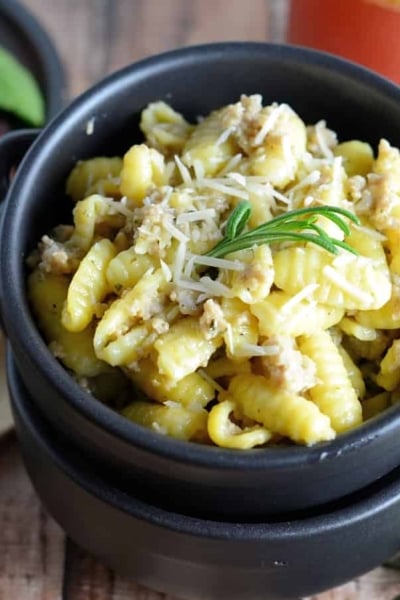Capers
You know capers, right? Those are the little, round, green, and absolutely delicious, little things? Great, we are on the same page. Fun fact you might not know, capers as it turns out, are pickled flower buds. I will give you a second to let that sink in.
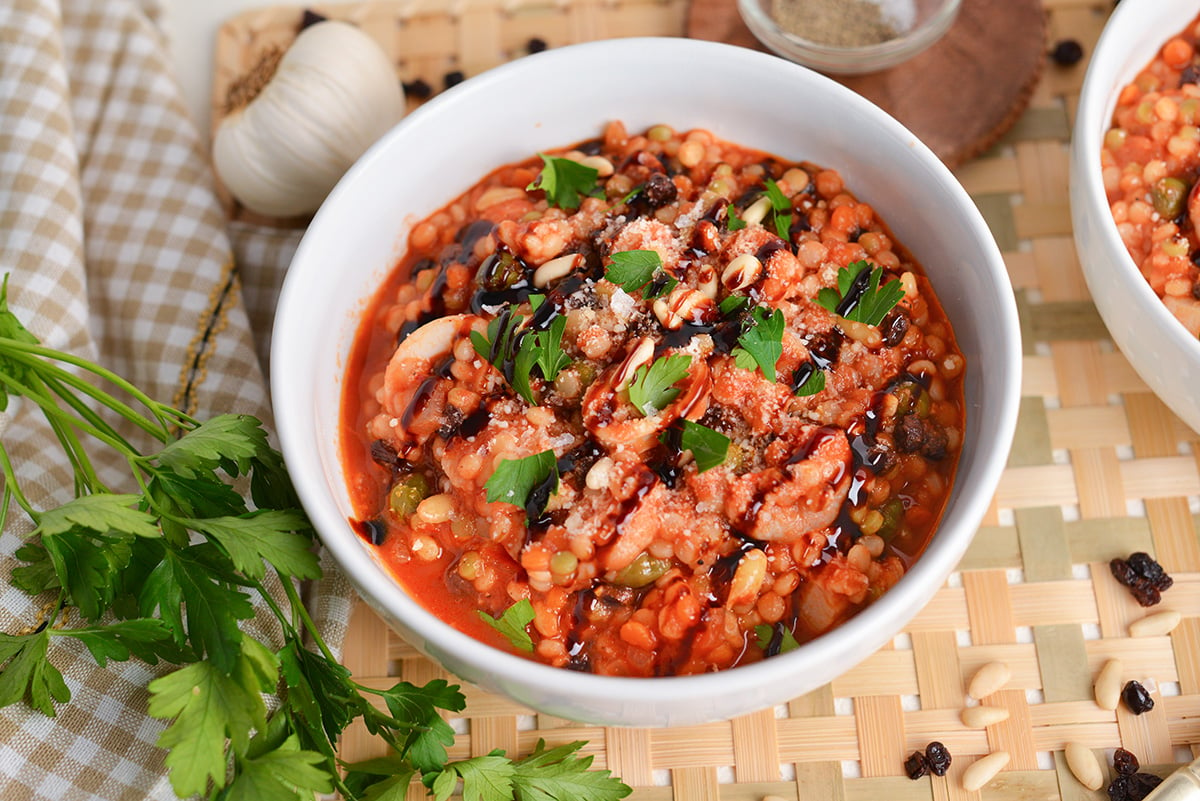
These orbs of saltiness come from a plant known as the Flinders Rose or Caper Bush that is native to the Mediterranean. This spiny shrub produces small buds that will ultimately become flowers if they are not handpicked before they open.
Much like olives, they are intensely bitter when they are taken off the plant and are typically dried first and then brined to help mellow them out.
How are capers categorized?
Capers are categorized based on their size. The smallest being the “non-pareils” which are anything up to 7mm in diameter and the largest being the “grusas” which are 14mm in diameter. They are sorted by shaking them through a sieve.
As you walk down the grocery store aisle, you may notice two types on the shelves: one is in a liquid or brine and the other is in salt. These two varieties will give you a different texture and slightly different flavors but can be used interchangeably in recipes.
The brine-cured type is the liquid-filled bottle. These capers are sitting in a mixture of water and vinegar and they tend to be a bit firmer in texture and have a floral and grassy flavor. Not only that, but they are also generally plumper which means a fun pop when you eat them.
The salt-cured kind is packed in, well, salt. To use these, you have to soak them for 20 minutes or so in water and then rinse them. Don’t skip this step. These are often more tender and taste more meaty or funky. Most often, these are a bit more expensive than the alternative.
Capers are wonderful to cook with and add a burst of flavor to whatever you are making. You can toss them into a salad or a vinaigrette, add them to a lemon butter sauce for meat or fish, or make a classic Italian dish like chicken piccata.
Here are great delicious recipes using capers:
- Fresh Olive Tapenade
- Crispy Caper Lemon Salmon
- Veal Ragu
Are capers good for your health?
While capers aren’t going to complete your daily nutritional needs, they are low in calories and have small amounts of fiber, manganese, vitamin C, calcium, and iron.
Is there a substitute for capers?
Nothing will be as potent or exciting as a caper, but if you are fresh out, try finely diced green olives. That should give you a nice briny, bright flavor.
Are capers and olive related?
Nope, sadly no relation olives aside from the region of the world they grow in and the fact that they are brined before they are eaten.
How long will an opened bottle of capers last in the fridge?
You have a full calendar year before you have to start to worry about these going bad.
Where do caperberries play into all of this?
Capers and caperberries are not the same things. They do however come from the same plant. While capers are the flower buds before they open, caperberries are the fruit that grows on the plant once the buds have opened and been fertilized.
Reader Favorites

Southern Salmon Croquettes

Yum Yum Sauce

Jumbo Lump Maryland Crab Cakes

Creamy Vanilla Custard

Parmesan Garlic Linguine Pasta

Easy Steak Frites








